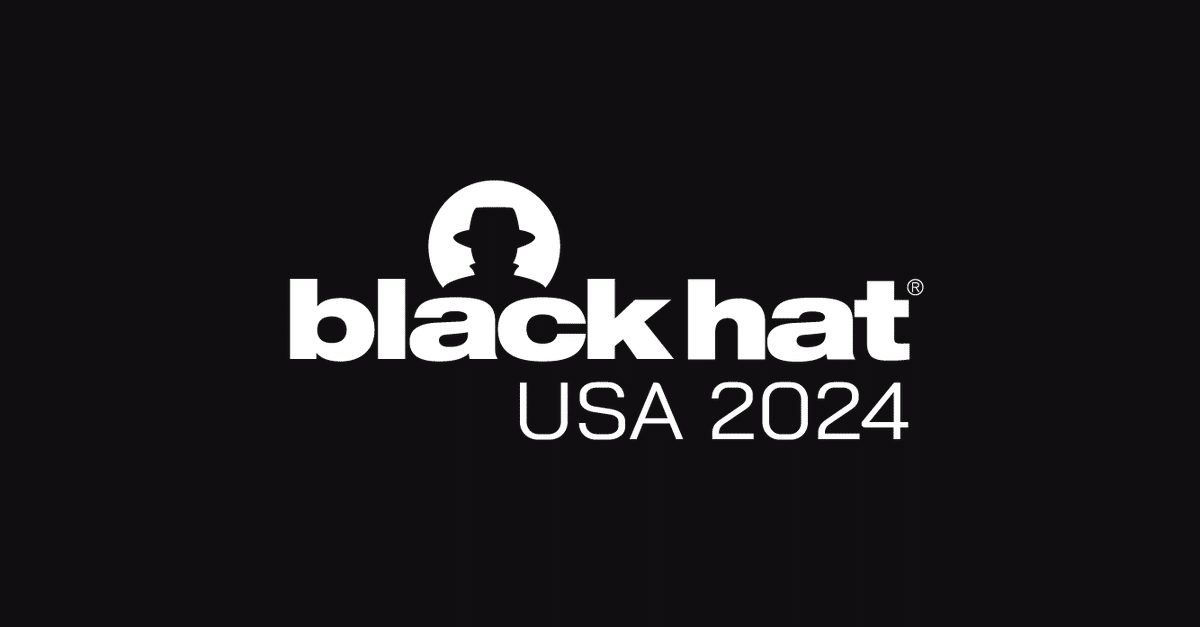The annual Black Hat conference, one of the most prominent global cybersecurity events, took place in Las Vegas in 2024. Industry leaders, security professionals, and enthusiasts gathered to discuss the latest cybersecurity challenges, technological advancements, and future trends. As the world faces increasingly sophisticated cyber threats, this year’s conference emphasized not only the current state of cybersecurity but also how the industry is preparing for a more secure future. Here are some key takeaways from Black Hat 2024.
-
Focus on AI and Machine Learning in Cybersecurity
One of the most talked-about topics this year was the role of artificial intelligence (AI) and machine learning (ML) in both defending against and executing cyberattacks. While AI is enhancing the capabilities of security professionals by automating detection and response mechanisms, it’s also being used by threat actors to launch sophisticated attacks.
Keynote speakers emphasized the importance of understanding AI’s dual potential—how it can protect organizations but also pose new risks. Discussions ranged from the development of AI-driven security tools to understanding how adversaries might leverage AI to create undetectable malware. Security leaders urged organizations to stay ahead of the curve by continuously evolving their AI capabilities.
-
Zero Trust Architecture Gains Momentum
Zero Trust security models were another critical theme at Black Hat 2024. As traditional network boundaries dissolve in favor of cloud-based infrastructures, Zero Trust has become a necessity for many organizations. Companies are increasingly adopting this framework, which assumes that no user or system, whether inside or outside the network, should be trusted by default.
Presentations demonstrated successful implementations of Zero Trust, particularly in industries like finance and healthcare, which manage sensitive data. Practical tips on rolling out Zero Trust strategies emphasized that it’s not just about the technology but a shift in mindset about securing identities, devices, and data.
- Supply Chain Vulnerabilities Under Scrutiny
Recent high-profile attacks, such as the SolarWinds breach, have underscored the risks posed by vulnerable supply chains. Many sessions at Black Hat 2024 centered on how to identify and mitigate risks across an organization’s entire supply chain. Security leaders highlighted the need for increased visibility into third-party systems and continuous monitoring to detect anomalies early.
A key takeaway was the importance of collaboration between organizations and their suppliers to build a more secure ecosystem. Regular assessments, shared threat intelligence, and stringent vendor vetting processes were recommended as essential steps to bolster supply chain security.
- Penetration Testing and Red Teaming Evolve
Penetration testing, a staple of Black Hat discussions, continues to evolve as attackers become more sophisticated. This year, speakers stressed the importance of red teaming—having teams within organizations emulate real-world attacks to test defenses. In an era of ever-increasing attack surfaces, red teaming and automated pen testing tools were identified as crucial for finding vulnerabilities before attackers do.
New technologies, such as autonomous penetration testing systems that use machine learning to improve testing over time, were showcased. These tools enable organizations to simulate advanced persistent threats (APTs) and respond in real-time, highlighting the need for continuous testing rather than relying only on annual or quarterly pen tests.
- Ransomware Remains a Pervasive Threat
Despite advancements in cybersecurity, ransomware continues to be one of the most damaging threats. Black Hat 2024 featured sessions detailing the evolving tactics of ransomware groups, which have become more organized and often operate as businesses with clear hierarchies. “Ransomware-as-a-Service” (RaaS) models, where attackers offer their ransomware kits to other cybercriminals, were discussed in depth.
Experts recommended not only reinforcing prevention efforts but also preparing for rapid response. Companies were advised to improve incident response plans, ensure their backups are secure and disconnected from the main network, and focus on resilience in case of an attack.
- The Importance of Security Education and Training
Human error continues to be a leading cause of data breaches, and Black Hat 2024 emphasized the critical role of continuous security training and education. Organizations were encouraged to invest in regular training for all employees, from IT teams to executives, on recognizing phishing attacks, using secure passwords, and adhering to other cybersecurity best practices.
In addition, the conference spotlighted programs designed to encourage more diversity in the cybersecurity workforce, recognizing that different perspectives can lead to more innovative solutions to security challenges.
- Emerging Trends: Quantum Computing and Post-Quantum Cryptography
Another exciting discussion topic was the rise of quantum computing and its implications for cybersecurity. While still in its infancy, quantum computing poses a potential threat to current encryption standards. Many speakers discussed the urgent need for research into post-quantum cryptography—encryption methods that can withstand the capabilities of quantum computers.
Although quantum computing is not expected to be a widespread threat for several more years, organizations were advised to start preparing now by evaluating their current encryption standards and staying updated on post-quantum developments.
Conclusion: A More Secure Future Ahead
Black Hat 2024 highlighted the rapidly evolving nature of cybersecurity. As attackers become more sophisticated, so must defenders. With the rise of AI, Zero Trust, quantum computing, and the need for better supply chain security, organizations are increasingly focused on building resilient, proactive defenses. As the industry looks ahead, the message was clear: collaboration, innovation, and continuous learning are key to securing a more robust digital future.
